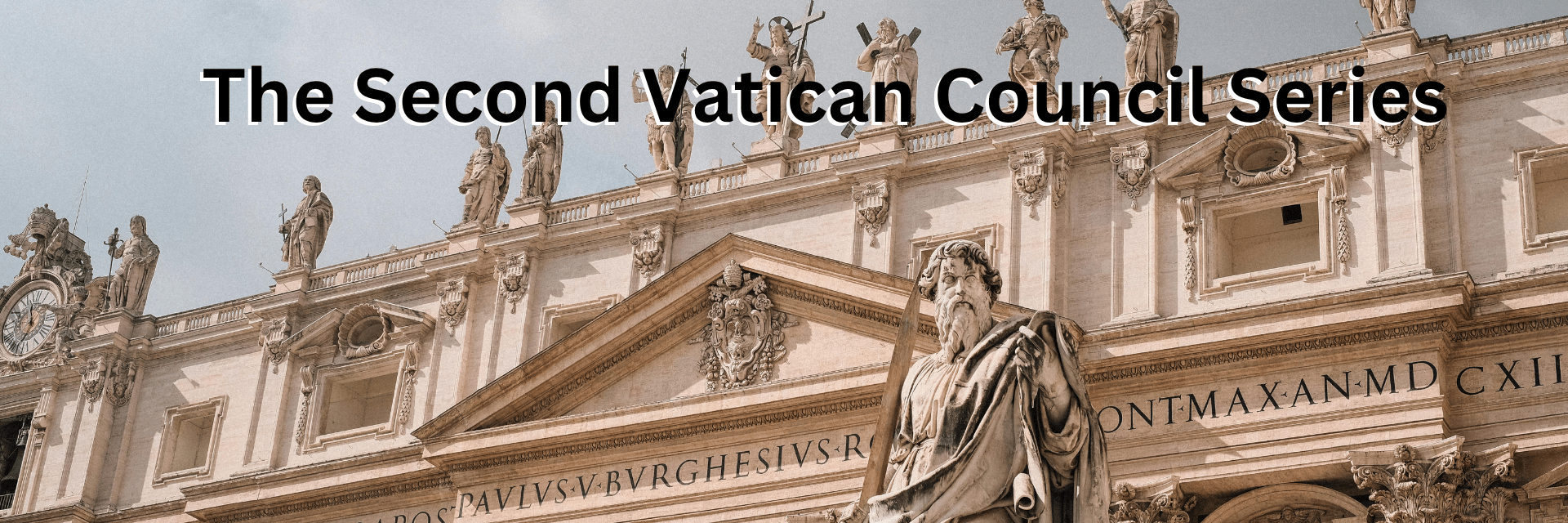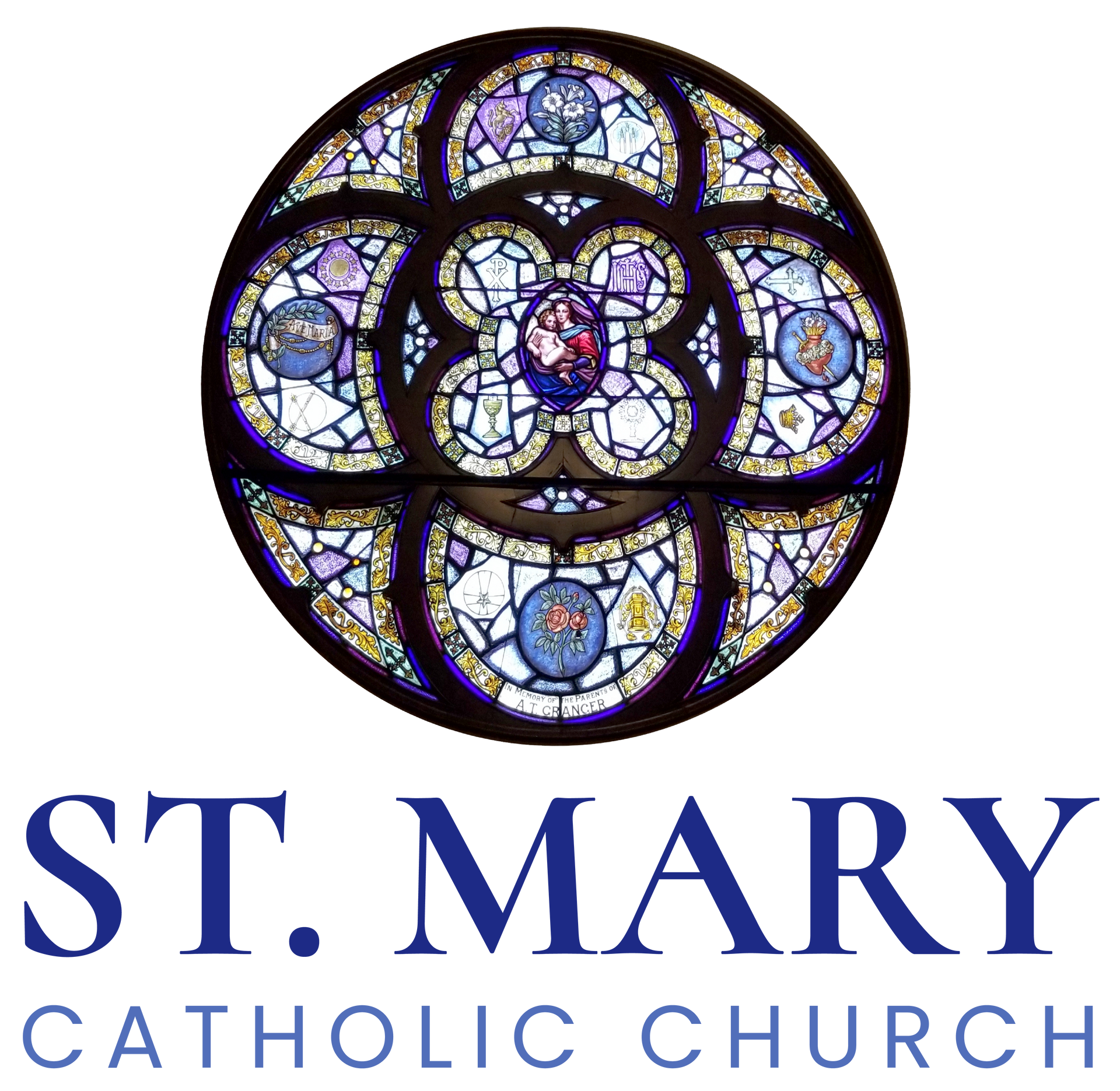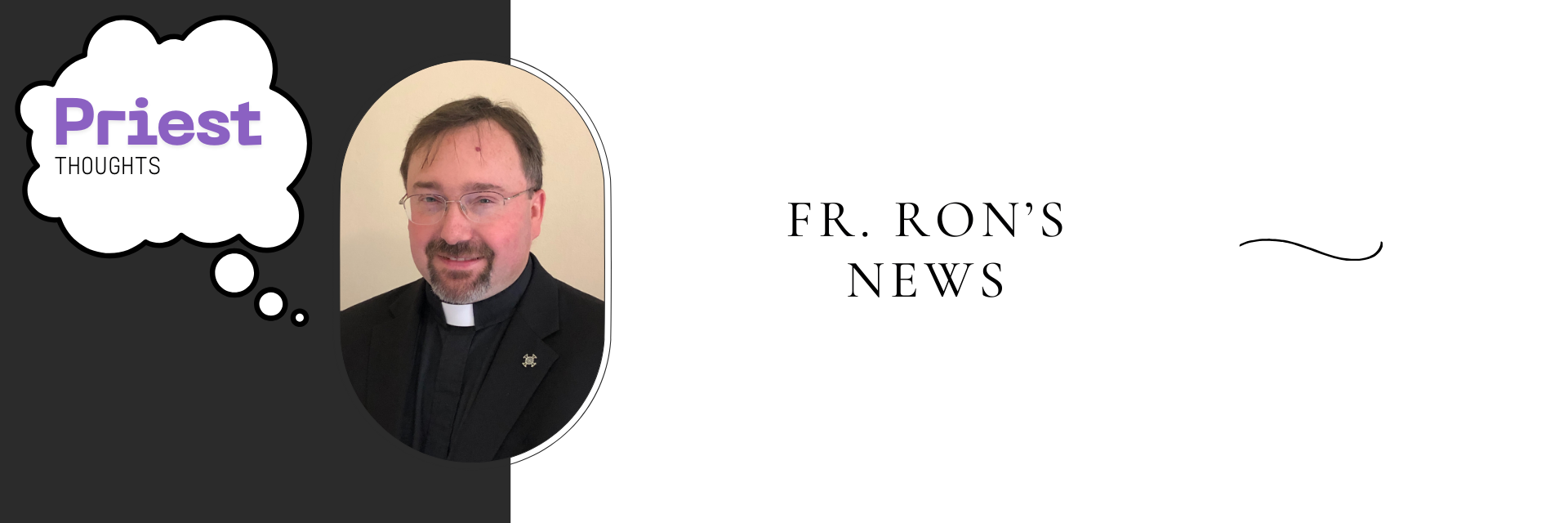2nd Letter on Vatican II

2. ADDRESSING THE AUTHORITY OF POPE PAUL VI
Introduction
The revision of the Roman Missal and the establishment of the New Order of the Mass (Novus Ordo Missae) by Pope Paul VI have been subjects of considerable debate, particularly among Traditionalist Catholics. To address whether Pope Paul VI had the authority to make these changes, it is essential to understand the nature of papal authority, the historical context, and the theological rationale behind the liturgical reforms.
Understanding Papal Authority
1. Papal Authority and the Magisterium:
- The pope, as the successor of St. Peter, holds a unique position of authority within the Catholic Church.
- This authority includes the power to govern the Church, teach on matters of faith and morals, and make disciplinary decisions, including liturgical reforms.
- The Second Vatican Council's Lumen Gentium (Dogmatic Constitution on the Church) reaffirms the pope's supreme, full, immediate, and universal power in the Church.
2. Historical Precedents:
- Throughout Church history, various popes have made significant changes to the liturgy.
- Pope St. Pius V, following the Council of Trent, promulgated the Tridentine Mass with the papal bull Quo Primum in 1570, standardizing the Roman Rite after the Reformation.
- Pope St. Pius X reformed the liturgy, reintroduced Gregorian chant, made changes to the breviary, lowered the age for first Communion, encouraged people to more frequent reception of Communion and greater participation in the Mass through singing and praying the Mass.
- Pope Pius XII made significant changes to Holy Week, i.e. restoring the Saturday night Easter Vigil.
- We see that liturgical reforms have been part of the Church’s ongoing effort to deepen the understanding and participation of the faithful in the sacred mysteries.
The Authority of Pope Paul VI
1. Mandate from the Second Vatican Council:
- The Second Vatican Council’s Sacrosanctum Concilium (Constitution on the Sacred Liturgy) called for a general revision of the Roman Missal.
- The council aimed to foster active participation, simplify rites, and adapt liturgical texts to the needs of the modern world.
2. Implementation of Liturgical Reforms:
- Pope Paul VI, in response to the council’s mandate, oversaw the reform of the Mass resulting in the 1969 missal – The New Order of the Mass.
- The promulgation of the revised Roman Missal in 1969 was an exercise of his legitimate papal authority to implement the council’s directives.
- The reformed liturgy was intended to make the mysteries of the faith more accessible and meaningful to the faithful.
Theological Rationale and Continuity
1. Theological Foundations:
- The reforms emphasized the effect of the Eucharist: i.e., the communion of the Church in the body of the Lord. It also emphasized the participatory aspects of the liturgy: i.e., the singing of the assembly of the faithful, thus reflecting the early Church’s practices.
- They aimed to enhance the proclamation of the Word of God (showing its unity with the Eucharist, cf. Sacramentum Caritatis); the active participation of the laity (cf. Musicam Sacram), and the clear expression of the Eucharistic celebration’s sacrificial nature.
2. Continuity with Tradition:
- The Novus Ordo Missae retains the essential elements of the Roman Rite, including the structure of the Mass and the centrality of the Eucharist, and the Roman Canon.
- It represents a development in the liturgical tradition rather than a break from it.
- Pope Benedict XVI, in Summorum Pontificum (2007), emphasized that both the Tridentine Mass (Extraordinary Form) and the Novus Ordo (Ordinary Form) are expressions of the same Roman Rite.
Implementation:
Unfortunately, even though the promulgation of the revised Roman Missal did not come out until 1969, unauthorized changes were already being made to the liturgy in 1964. On January 25, 1964, Pope Paul VI issued his apostolic letter Sacram Liturgiam which only provided for one change at the Mass which prescribed a homily on Sundays and Holy Days of obligation. It also said that a commission was being set up to revise the rites and publish new liturgical books.
- Following Pope Paul VI’s apostolic letter, the Sacred Congregation of Rites began producing a document named Inter Oecomenici (not published until Sept. 26, 1964) which would give instructions of how the liturgy was to be celebrated until the revised Roman Missal was completed.
- Meanwhile the American Liturgical Conference (a group composed of priests, theologians, and lay people interested in liturgical renewal) took the initiative of interpreting Sacrosanctum Concilium, creating A Priest’s Guide to Parish Worship which came out less than five months (May 22, 1964) after the publishing of the Council’s constitution of the liturgy, Sacrosanctum Concilium.
- The “Priest’s Guide” produced by of the Liturgical Conference claimed to be the official guide for implementing the Council’s wishes. This guide instructed priests to replace altars with tables, to celebrate Mass facing the people, remove altar rails and replace them with Communion stations, and it discouraged Latin and Gregorian chant. This “Priest’s Guide” instructions went well beyond guidelines that would be provided in the official document Inter Oecomenici.
- Unfortunately, the American Liturgical Conference hijacked the information pipeline to the faithful and the clergy in the United States, and we have been struggling with this “interpretation” of the Council’s “wishes” ever since. Here is good article that explains what happened: https://www.catholicculture.org/culture/library/view.cfm?recnum=9377
- So, it is important to distinguish what was promulgated as a result of the Council from what these interpreters gave us. There are two official documents that came out of Rome instructing the clergy on the celebration of the Mass until the completion of the revised Roman Missal of 1969: Inter Oecomenici (Sept. 26, 1964), and Tres Abhinc Annos (May 4, 1967) which was promulgated three years later.
Addressing Traditionalist Concerns
1. Legitimacy of Liturgical Authority:
- The pope’s authority to regulate the liturgy is well-established in Church tradition and magisterial teaching.
- Liturgical reforms, including the establishment of the Novus Ordo, fall within the scope of this authority.
- We must keep in mind that some of the changes that were implemented here in the United States and other parts of the world were outside the directives of the Council.
2. Respect for Liturgical Diversity:
- The Church recognizes the value of liturgical diversity, as seen in the continued permission for the celebration of the Traditional Latin Mass even if it is currently under limited circumstances.
- Both forms of the Roman Rite are valid and enrich the Church’s liturgical life.
3. Unity and Obedience:
- Unity in liturgical practice fosters unity in the faith community.
- Obedience to the pope’s liturgical directives is a sign of fidelity to the Church’s magisterium and its living tradition.
Conclusion
Pope Paul VI had the legitimate authority to revise and reform the Roman Missal and to promulgate it as normative for Catholics of the Latin Church. This authority is rooted in the Church’s tradition and magisterial teaching, reinforced by the Second Vatican Council’s directives. The liturgical reforms aim to deepen the faithful’s participation in the sacred mysteries while preserving the continuity of the Roman Rite.
We must keep in mind that, unfortunately, there were people seeking to make drastic changes in the liturgy that usurp Pope Paul VI’s authority by claiming to give the Church in the U.S. (and other places) a definitive guide to the Council’s wishes.
But, despite the abuses, this does not change the fact that the pope had the authority to make these changes to the liturgy.





